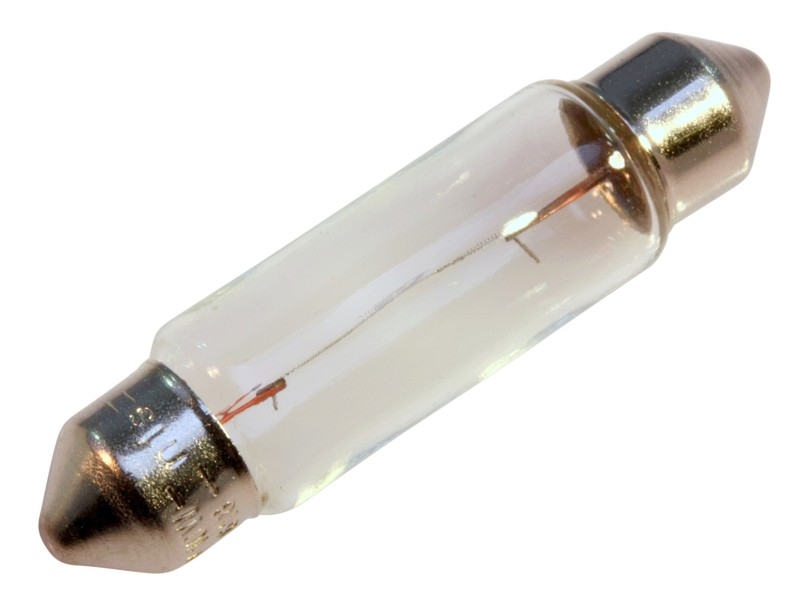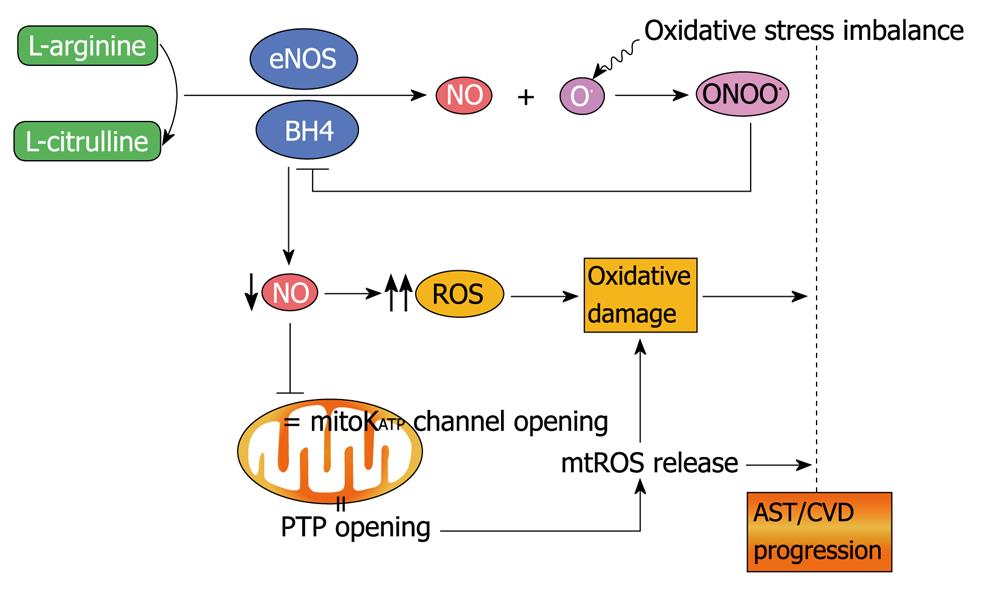The Role of Membrane-embedded DUOX2 on Ectodomain Shedding via G protein-coupled Receptor Signaling

Protease-activated receptors (PARs) and the neurokinin 1 receptor (NK1R) belong to the G protein-coupled receptor (GPCR) family. In this review, we focus on the regulatory mechanism of ectodomain shedding by ADAM10/17 metalloprotease via GPCR signaling. PAR2 and NK1R induce membrane blebbing, resulting in phosphatidylserine externalization in the cellular membrane, which is required for ADAM10/17 metalloprotease activation.

Ch.16 - Cell Signaling Flashcards by Dominic Rigmone
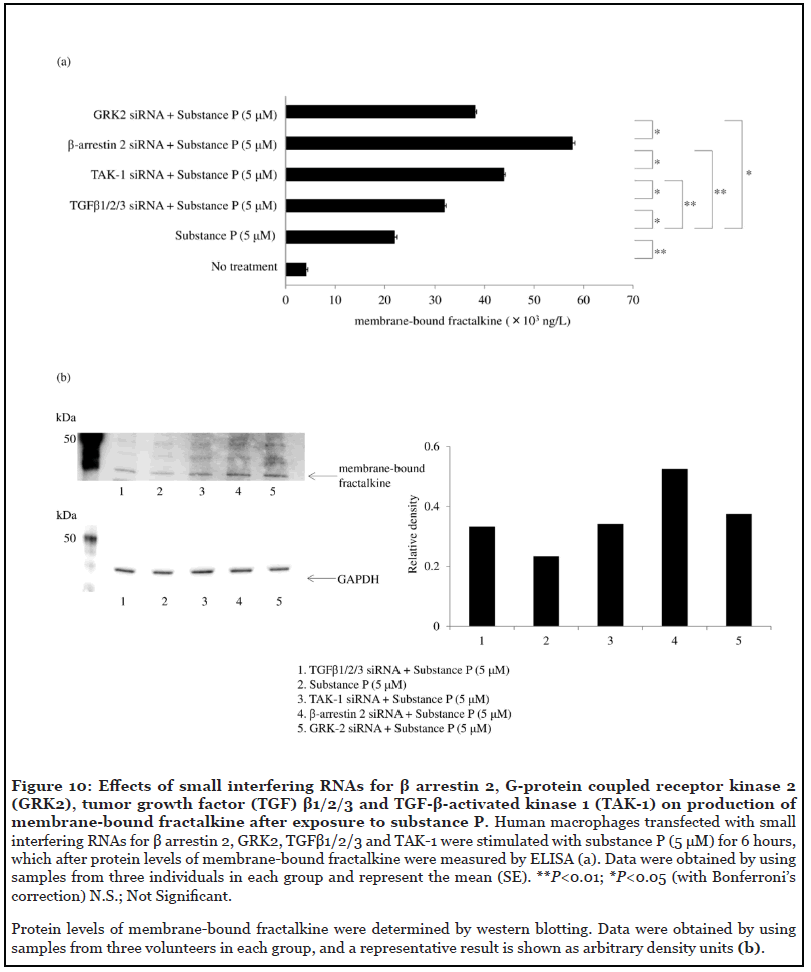
The Role of Membrane-embedded DUOX2 on Ectodomain Shedding via G protein-coupled Receptor Signaling

Ectodomain shedding by ADAM proteases as a central regulator in kidney physiology and disease - ScienceDirect
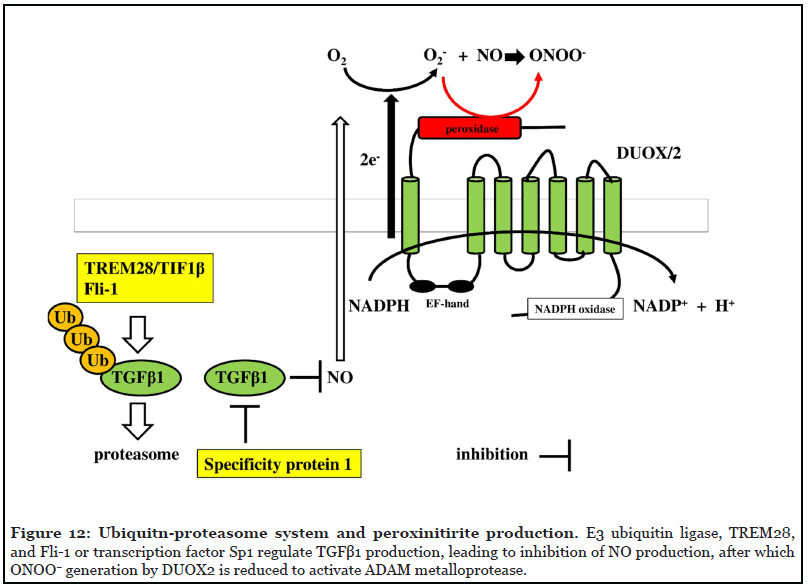
The Role of Membrane-embedded DUOX2 on Ectodomain Shedding via G protein-coupled Receptor Signaling

Cells, Free Full-Text

Biology, Free Full-Text

Intercellular signaling by ectodomain shedding at the synapse: Trends in Neurosciences

Proteolytic ectodomain shedding of membrane proteins in mammals—hardware, concepts, and recent developments

Dual NADPH oxidases DUOX1 and DUOX2 synthesize NAADP and are necessary for Ca2+ signaling during T cell activation
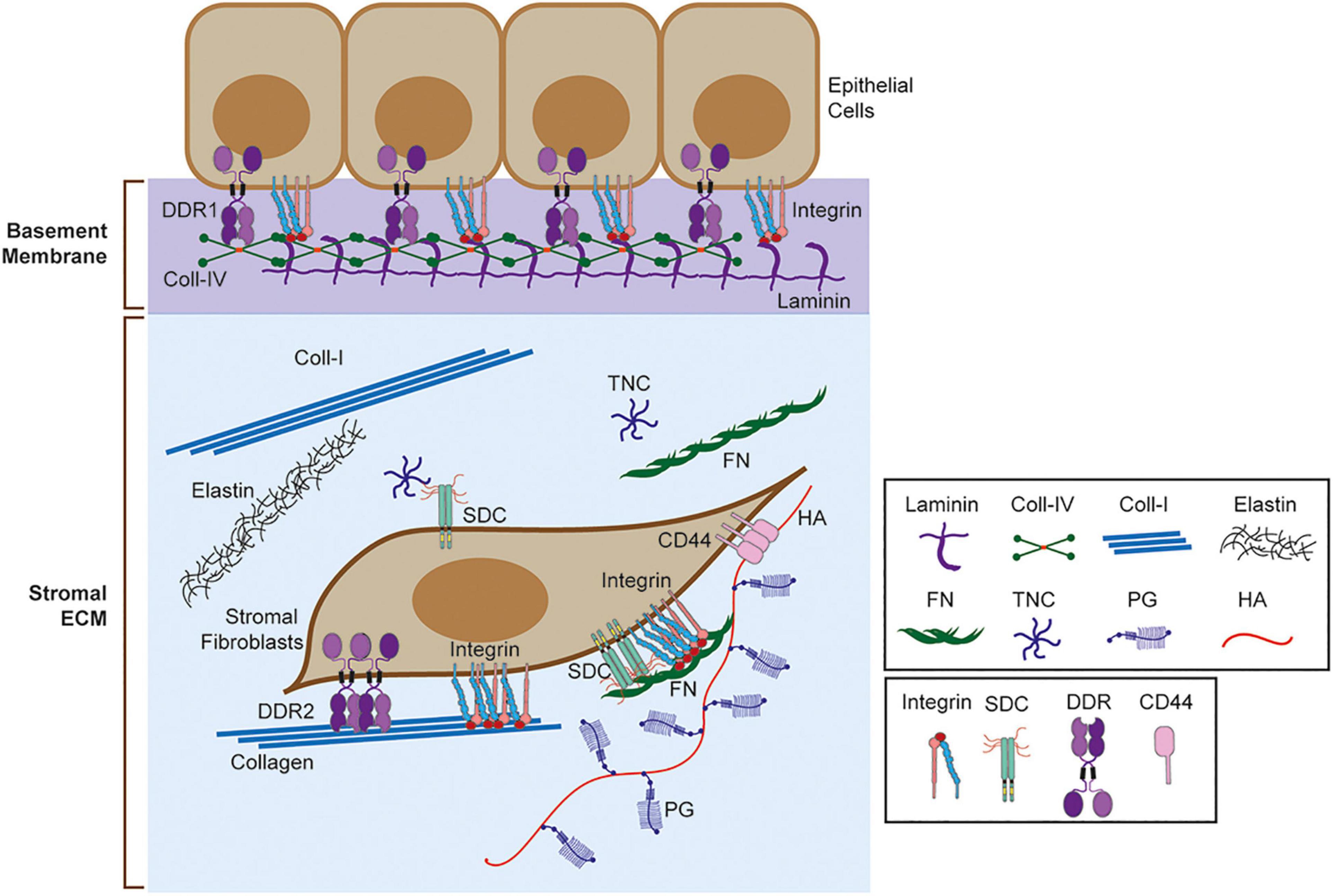
Frontiers Modulation of Microenvironment Signals by Proteolytic Shedding of Cell Surface Extracellular Matrix Receptors

Dual NADPH oxidases DUOX1 and DUOX2 synthesize NAADP and are necessary for Ca2+ signaling during T cell activation

Still embedded together binding to membranes regulates Bcl-2 protein interactions

Epsin-Dependent Ligand Endocytosis Activates Notch by Force - ScienceDirect


